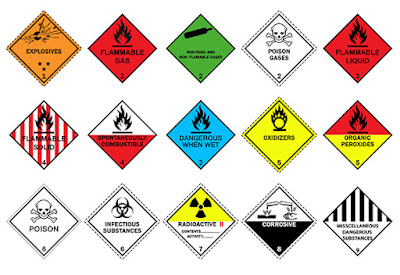Training for Toxic and Hazardous Substances—Lead
As per the Occupational
Safety and Health Administration (OSHA) - 29
CFR 1910.1025(i)(1), Training for Toxic and Hazardous Substances—Lead is mandatory. Generally, this
training provides awareness about the hazard and make the workplace safer.
Himaya
Prevention Private Limited have a large portfolio of qualified and highly experienced
trainers to provide training at your site.
Targeted Audience for Toxic and
Hazardous Substances—Lead training:
Employees
subject to exposure to airborne lead:
Initial training before initial job assignment
Frequency of Toxic and
Hazardous Substances—Lead training:
This
training is generally recommended Annually.
Common terms are used in Toxic and Hazardous Substances—Lead Training Session.
Action level
An airborne level, typically one-half of the PEL designated
in OSHA’s substance-specific standards, 29 CFR 1910, Subpart Z , calculated as
an eight (8)-hour time-weighted average, which initiates certain required
activities such as exposure monitoring and medical surveillance.
Ceiling Limit
The exposure limit a worker’s exposure may never exceed.
Sampling and Analytical Error
A statistical estimate of the uncertainty associated with
the given exposure measurement.
Short-Term Exposure Limit (STEL)
The average exposure to a contaminant to which a worker may
be exposed during a short period (typically 15 – 30 minutes).
Time-Weighted Average (TWA)
The average exposure to the contaminant over a given period
of time, typically 8-hours. For examples of how a TWA is calculated, see the OSHA Technical Manual.





0 Comments
Comment your doubt or opportunity to improve